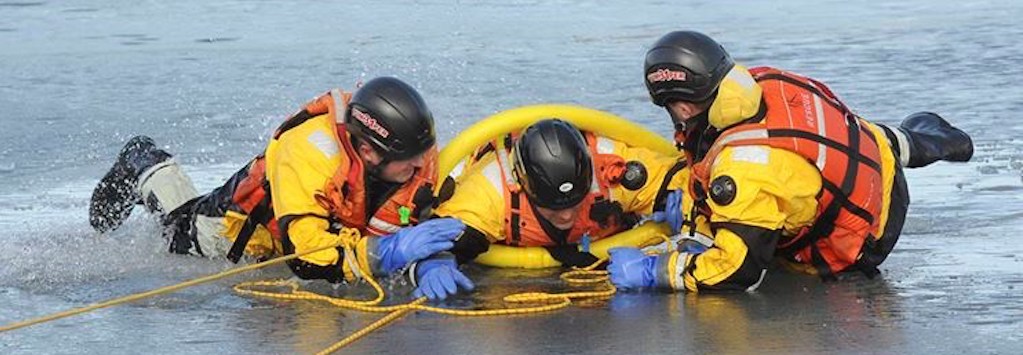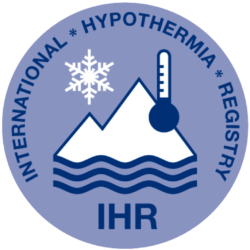Introduction
Transient mild hypothermia (core body temperature 35-32°C) is common and usually without consequences for the brain or other organs. However, prolonged deep accidental hypothermia (core body temperature below 28°C) due to accidents is rare, and usually fatal in more than 50% of cases. Little is known on its physiopathology, on prognostic factors for rewarming decision or ideal rewarming techniques for better survival. Furthermore, complications after successful rewarming are extremely frequent and very often severe or fatal.

Need for the IHR
Although the incidence of moderate to deep hypothermia is rare its consequences can be fatal.
People at risk are mainly those working in cold environments such as military, fishermen, etc.
Accidental hypothermia and associated cold lesions such as frostbite, are frequently seen in outdoor leisure activities, e.g. sailors and mountaineers.
Urban hypothermia is also increasing and unfortunately under-reported.

Aim of the IHR
Improve rescue, treatment and outcome of accidental hypothermia victims.
The IHR’s principle goal is to increase knowledge on accidental hypothermia by gathering sufficient relevant data through international networking, creating the largest database on deep accidental hypothermia, therefore fostering transparency, quality control, data exchange and research options.
The Registry will enable improvement of pre-hospital treatment and rewarming methods as well as study survival predictors and prevention of post-rewarming complications.
Permit the establishment of evidence-based diagnosis and treatment guidelines for hypothermia and frostbite.

